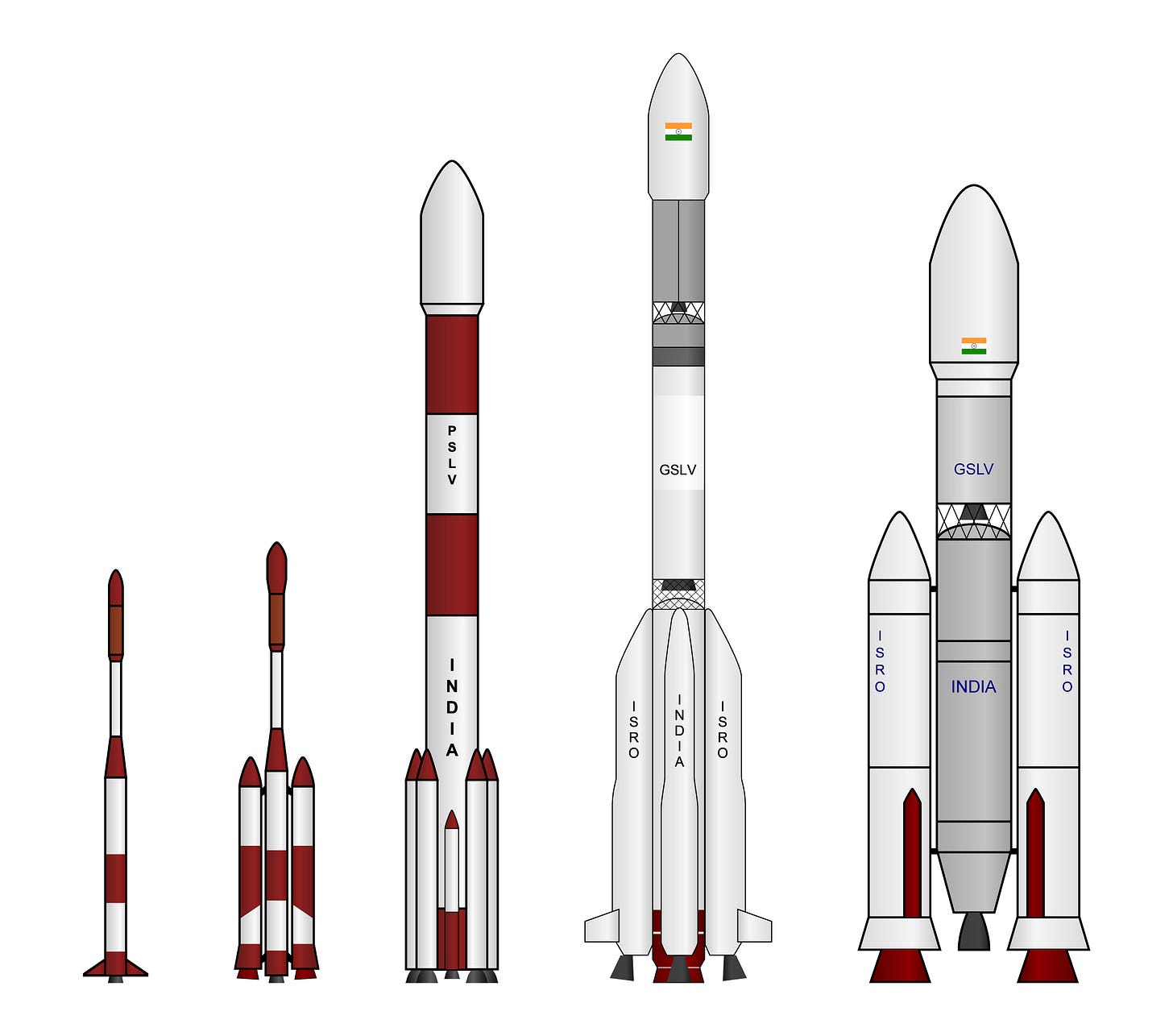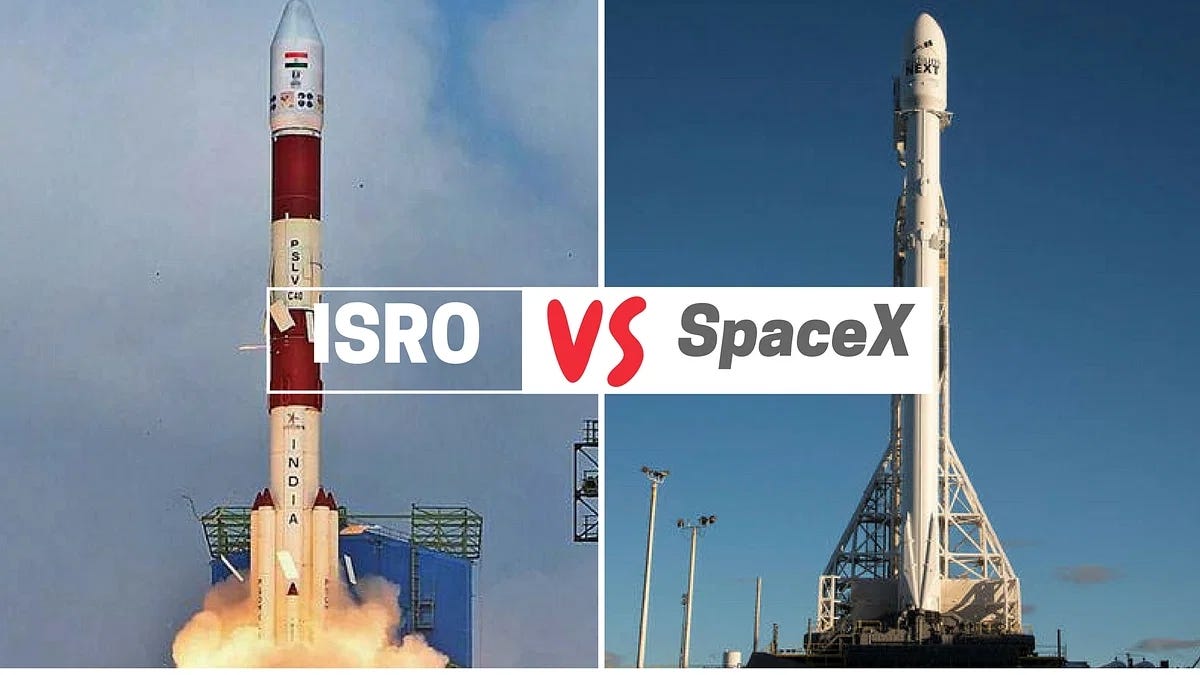ISRO’s recent Reusable Launch Vehicle test
A Milestone in Indian Space Program
#We are making something exciting for space and astronomy fans, check here.
The Indian Space Research Organisation (ISRO) has been at the forefront of space technology for decades, with numerous successful missions to its credit. Over the years, ISRO has made significant advancements in rocket technology, with the development of Geosynchronous Satellite Launch Vehicle (GSLV) and Polar Satellite Launch Vehicle (PSLV). In 2016, ISRO made history by launching 104 satellites in a single mission, setting a new world record. The space agency has now achieved another milestone with the successful test of its Reusable Launch Vehicle (RLV) prototype, RLV-Lex, on April 2, 2023. This test brings India a step closer to developing a reusable spacecraft, which could significantly reduce the cost of space missions and make space exploration more accessible.

When it was conducted?
The Reusable Launch Vehicle Autonomous Landing Mission (RLV LEX) was conducted on April 2, 2023, at the Aeronautical Test Range (ATR), Chitradurga, Karnataka, India.
What is it?
RLV LEX is a successful test conducted by the Indian Space Research Organization (ISRO) for an autonomous landing of a space vehicle. It is a winged spaceplane that took off at 7:10 am IST by a Chinook Helicopter of the Indian Air Force and flew to an altitude of 4.5 km. The RLV was then released and performed approach and landing maneuvers using the Integrated Navigation, Guidance & control system and completed an autonomous landing on the ATR air strip at 7:40 AM IST.
Why there is a need for this test?
The RLV LEX mission is an essential step towards the development of a reusable launch vehicle that can help reduce the cost of launching satellites into space. The successful landing of the RLV would mean that the launch vehicle could be recovered and reused, resulting in significant cost savings.
This technology could also enable the development of space tourism, allowing people to travel to space at a more affordable cost.
ISRO has been working on the development of a reusable spacecraft for several years, and the successful test of the RLV-Lex prototype is a significant step towards achieving this goal. The RLV-Lex mission tested several critical technologies, including thermal protection systems, guidance, navigation and control, and propulsion systems. The mission also tested the ability of the spacecraft to perform autonomous landing, a critical technology for reusable spacecraft.
Complete summary of the mission can be seen here.
How was the trajectory?
The RLV took off from a Chinook helicopter and was released at a downrange of 4.6 km. The release of RLV was autonomous, and the vehicle then performed an approach and landing maneuver using the Integrated Navigation, Guidance & control system. The RLV completed an autonomous landing on the ATR air strip. The landing parameters achieved were ground relative velocity, sink rate of Landing Gears, and precise body rates, as might be experienced by an orbital re-entry space vehicle in its return path. The RLV LEX demanded several state-of-the-art technologies, including accurate Navigation hardware and software, a Pseudolite system, a Ka-band Radar Altimeter, a NavIC receiver, indigenous Landing Gear, Aerofoil honey-comb fins, and a brake parachute system.
The entire video footage can be seen here.
How is it compared to SpaceX?
RLV LEX is a significant achievement for India's space program as it brings the country one step closer to developing a reusable launch vehicle. However, it is not comparable to the SpaceX Falcon 9, which is already a reusable launch vehicle that has successfully landed multiple times. The Falcon 9 has a much larger payload capacity and can carry heavier loads into orbit than RLV. ISRO's RLV-Lex mission is comparable to SpaceX's Falcon 9 in terms of its goal to develop a reusable launch vehicle. Nevertheless, the success of the RLV LEX mission could pave the way for ISRO to develop a reusable launch vehicle that can compete with SpaceX in the future.
What do you think, will ISRO be able to compete with SpaceX? And how will it affect space tourism? Do let us know in the comments below.





RLV LEX is more akin to a reusable capsule, no?